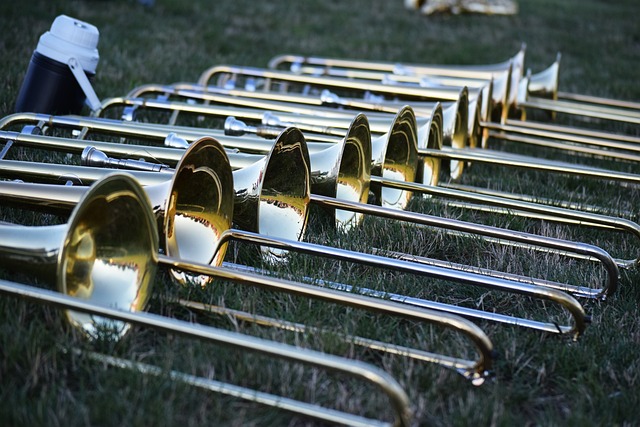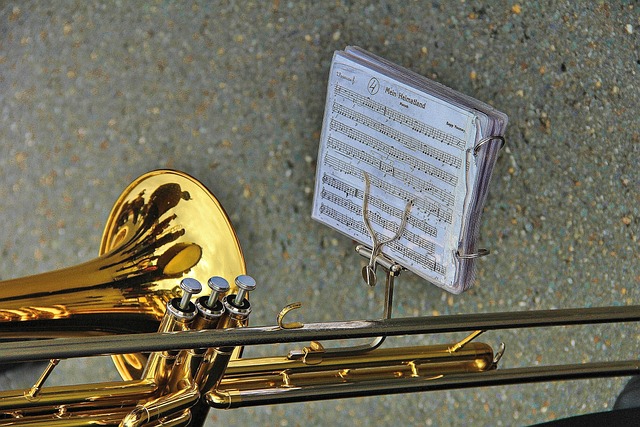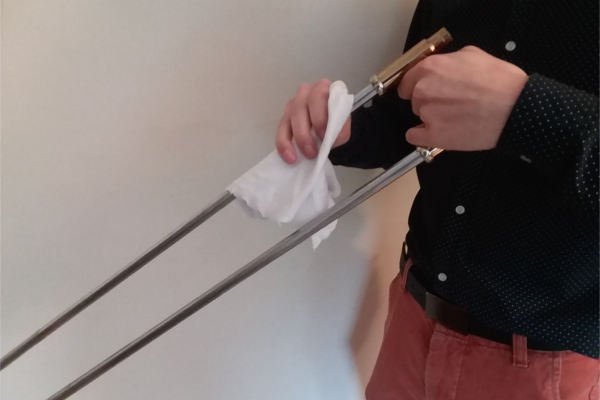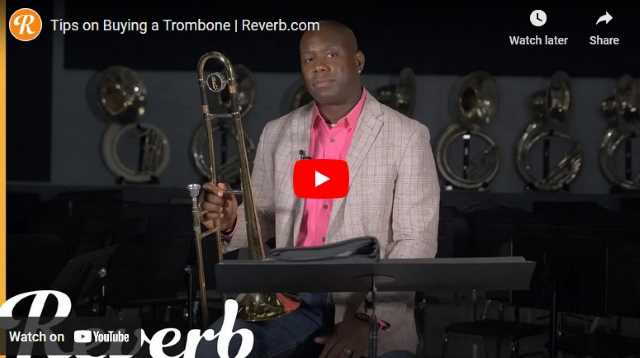Buying a used trombone in Los Angeles is an excellent way to get a quality instrument at a fraction of the price of purchasing a new one. However, the cost savings will be irrelevant if you wind up buying a broken or unfix-able instrument. Knowing what to look for is half the battle, and even seasoned pros can run into trouble in the used instrument market. If you’re ever uncertain of an instrument, you can always bring it in to a professional to get it inspected before purchase. Here are a few things to look for when buying a used trombone.
Common Trombone Types
There are several different types of trombone and the price tends to go up as they become more mechanically sophisticated or niche. Along with a regular tenor slide trombone, there’s also soprano, alto, bass, and contrabass trombones. If you’re in the market for a trigger or valve trombone, you can expect them to cost significantly more than a standard slide trombone. There are a few brands that are known for their quality instruments that you should look out for when shopping. These include: Conn, Bach, King, and Yamaha. These instrument makers have been the industry standard for student and professional instruments for decades.
Gauging Condition
Whether you’re buying a trombone in person or online through a reputable dealer, it’s important to know what you’re looking at. A standard trombone only has a few moving parts, so you can get a good idea of the instrument’s condition with a cursory inspection. Here are a few important things to look out for when inspecting a used trombone in Los Angeles:
The Case and Instrument Exterior
You can tell a lot about an instrument’s history by the condition of the case and exterior finish. If the case has a strong mildew smell, there’s a good chance it’s been stored improperly. If there is rust or serious corrosion on the instrument, it usually isn’t worth your money. Minor corrosion is fairly standard for older instruments and can be cleaned up easily. Improper storage plus rust is a good indicator that this trombone will be more trouble than its worth.
Look For Dents
While it might not seem like a big deal, even small dents can completely compromise the function and tone of an instrument. On top of that, deep dents can be costly and difficult to repair. It defeats the purpose of purchasing a used trombone if you have to spend a bundle just to get it functioning. Don’t buy an instrument with major dents in the bell or neck. However, damage to the bell braces, side braces, and counter-weight won’t effect the tone and shouldn’t dissuade you from purchasing the instrument.
Inspect The Slide
The slide is the most important part of a trombone. When inspecting, remove the slide entirely and check for corrosion and dents. After this, add a few drops of lubricant and operate the slide. It should move smoothly without catching. Damage to the slide can be difficult or impossible to remedy.
Tuning Slide
After inspecting the trombone’s overall condition and the slide, move your attention the the tuning slide. If the trombone has been sitting for a while, it might be difficult to move initially, but the tuning slide should move without catching after applying some lubricant. There may be a ring of corrosion on the slide. This can be cleaned up and restored to proper working order without much fuss. If the tuning slide won’t budge, that’s a different problem entirely and will need to be repaired.
The Water Key
Next, check out the water key (water valve) at the end of the slide. It should seat firmly without letting any spit drop out during use. If there’s a problem with the pad on the water valve, don’t worry. You should freshen up the pad at regular intervals anyways because they tend to get saturated with spittle and lose their structural integrity. Damage to the water valve itself isn’t a deal-breaker, but the price of a repair should be accounted for in the final price.
Testing The Trombone
It’s important to test any instrument you plan on purchasing. This won’t always be possible, especially if you’re purchasing the instrument online. When you go to inspect the instrument, don’t be afraid to bring along a friend who knows a bit more about trombones. Even if they know less, a second set of eyes can help suss out any issues that you may have missed.
Be sure to bring along a tuner, slide lubricant, and anti-bacterial wipes. Give the trombone mouthpiece a wipe-down before use. Mouthpieces are a very personal item, and should be disinfected regularly. When testing the instrument, have the tuner handy to make sure the instrument remains in tune across all registers. If everything checks out, and the price is right, you’ve found yourself an instrument that will serve you well for years to come.
Shopping for a Used Trombone in Los Angeles?
Adam’s Music is your friendly neighborhood music shop in West Los Angeles. We have a wide variety of instruments and musical equipment for sale or rent, including new and used trombones. If you’ve always wanted to pick up a new instrument or brush up on your technique, now’s a perfect time! Contact us today to buy or rent one of our instruments, or arrange a free introductory lesson with one of our world-class teachers.







